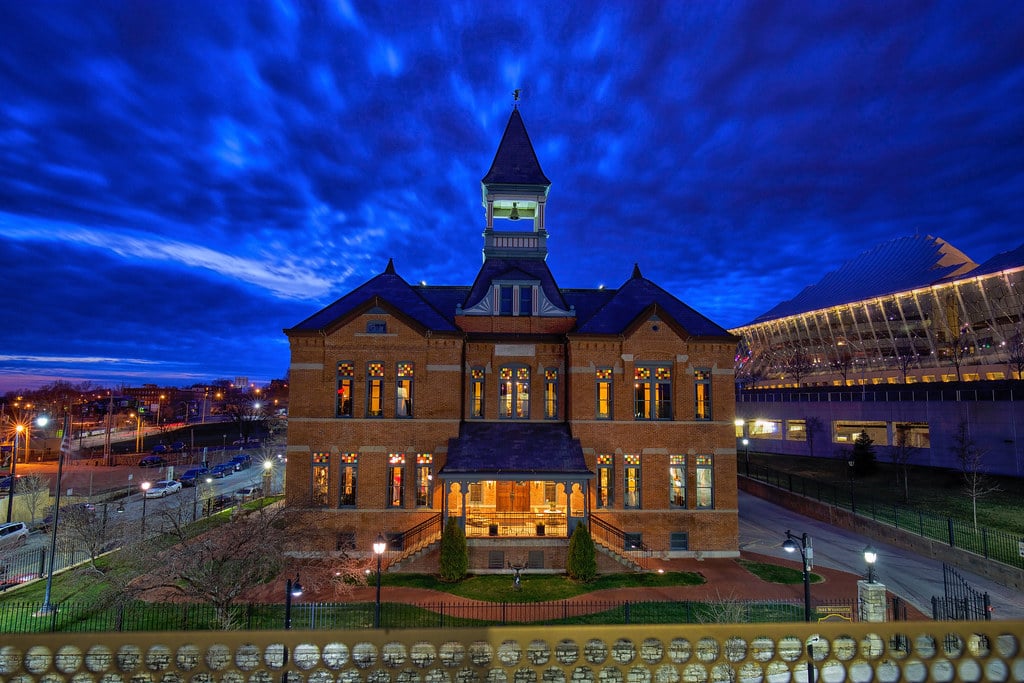There has always been a song in the Kansas City air. From the founding of the first Kansas City Symphony in 1911 through the birth of jazz in the 1920s, music has been at the heart of the city’s history.
Time passes and society changes, and so does the city and the melodies it plays. But the music remains a constant thread connecting Kansas City over decades, across state lines, through hardship and prosperity.
“It’s a reminder that while our future is unpredictable, our past holds the key to what keeps us together … and there’s nothing like music to bring Kansas Citians together.” —
So when the Kansas City Symphony began looking for a new headquarters to accommodate its musicians, staff and the public, it took that thought to heart.
“Everything we do as the Kansas City Symphony is rooted in history and art and in relating what was to what is,” said Danny Beckley, Executive Director of the Symphony.
- That meant rather than raising an existing building to make room for something built to spec, the organization prioritized finding a historic space and transforming it into something practical for today and adaptable for whatever comes tomorrow.
And it only had to look out the windows of the Kauffman Center for the Performing Arts to find a new home to fit that mission perfectly.
- The historic Webster School, which most recently operated as an upscale restaurant and as retail space shuttered by the pandemic, sits on the south lawn of the Kauffman Center and was waiting for new occupants.
Beckley recognized the importance of working with architects and designers who shared a similar commitment to honoring the city’s history while modernizing infrastructure to meet the needs of the people who move within it.
We partnered with the Kansas City Symphony and Helix Architecture + Design to create just such an environment within the Webster School, which dates to 1885 — originally the oldest structure in the Kansas City public school district.
The former classrooms “really wouldn’t be conducive to anything more than bullpens, so we had to think creatively about how to use this building,” said Alissa Wehmueller, Principal, Helix/Architecture + Design.
“The team wanted to do “two things at once,” Wehmueller said. “Maintain the historic quality of the building [and] achieve the program and make it work for the symphony.”
“DIRTT walls became a really great solution,” said Beckley, to the question of how to incorporate private offices without permanently adding any structure that didn’t feel authentic to the building.
DIRTT creates an environment that reflects a fusion between the ornate features of the Richardson Romanesque building and the contemporary architecture of the Kauffman Center.
The glass DIRTT walls complement the Center’s iconic glass atrium and segment the building to make it suitable for the symphony’s needs, without hiding its original features.
“They brought a polished, elevated feel to this space,” said Wehmueller.
That constant collaboration between the symphony, the building owner and their partners has given new life to a historic building and a new home to Kansas City’s rich musical history.
“There is nowhere the symphony would rather be than in the Crossroads art district,” said Beckley.” — Beckley
“And to have them in a historic landmark? That makes it even better. The Webster School gives us the ability to introduce people to what we do and to open our arms and say, ‘we’re for you, too.’”

